Sabah Traditional Food

Ambuyat
Linut/Papeda
Ambuyat is a dish derived from the interior trunk of the sago palm. It is a starchy bland substance, similar to tapioca starch. Ambuyat is eaten with a bamboo fork called a chandas, by rolling the starch around the prongs and then dipping it into a sauce, of which there are many varieties. It has a glutinous texture and is chewy.
Source:

Berobok
Barobbo
Berobok a typical grits Bugis people. This dish consists of corn, vegetables, sliced chicken, shrimp, and served with cakes. However, today Berobok already enjoyed every day. Berobok very tasty when eaten in the morning.
Source:

Noonsom
Noonsom better known as citrus in Malay. There are several types Noonsom which was introduced by the Kadazandusun tribe.
Among the most popular is Noonsom Sada (Fish), Noonsom Bambangan and Noonsom Tuhau.
Source:

Kepurung
Kapurung has a shape very similar to Ambuyat which uses starch as its dish. But what differentiates it is that Ambuyat is usually served separately with other ingredients. Among the ingredients commonly used to make Kapurung are starch or sweet potato flour, vegetables and anchovies or sardines
Source:
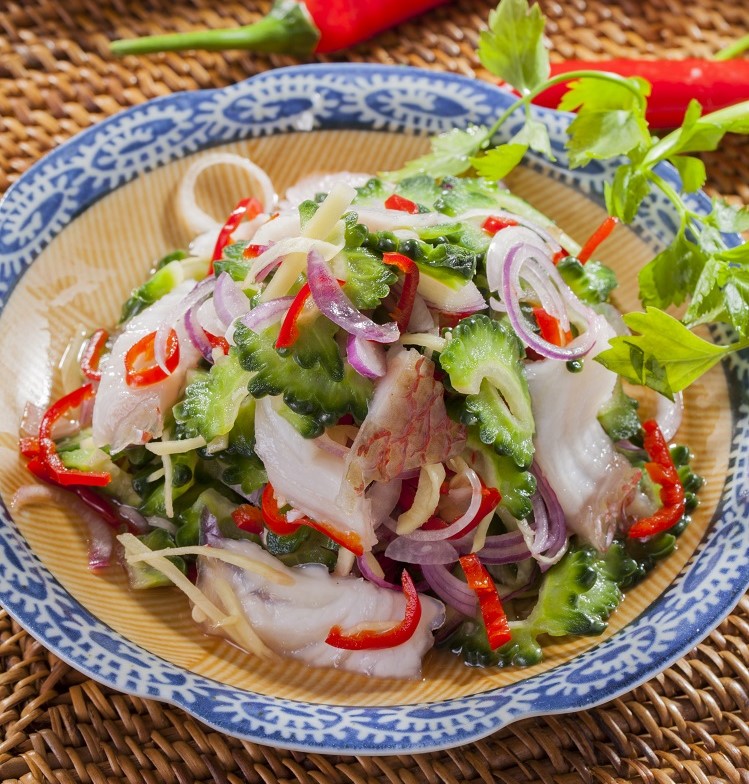
Hinava
Hinava is the most popular food among the Kadazandusun. Materials needed for the preparation of food is fish Fill (Mackerel) finely sliced, the seeds of which have been shredded Bambangan, red chillies, ginger, onion, lime cotton and salt
Source:

Tiula Itum
Tiyula itum is a braised beef or goat soup dish originating from the Philipin people. The dish is characteristically black due to the unique use of charred coconut meat.
Source:

Sinagol/Sagol
Source:
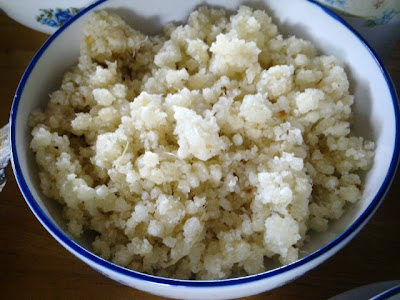
Tompek
Tinompeh / Anggang / Sianglag
Tompek or Tinompeh is a food made from cassava. Cassava which has its be shredded and squeezed will be fried without oil in a frying pan until it has yellowish stain. Tompek is eaten with relish dishes like vegetables and fish
Source:

Nasi Kuning
Nasi kuning, or sometimes called nasi kunyit, is an fragrant rice dish cooked with coconut milk and turmeric, hence the name nasi kuning.
Source:

Bambangan
Commonly, the bambangan is pickled or cooked with fish. The unripe bambangans are usually made into “Pinasakkan” (steamed) with fish and the ripe ones are fried with salted fish. The bambangan seed is usually grated, mixed into the flesh, and eaten.
Source:

Pinasaka Sada
Materials needed for the preparation of these foods are fish cleaned and mixed with a little turmeric and ginger seeds that have been pounded, a little tamarind seeds or fruit tart ‘Takob-bakob’, salt, seasoning powder and a little water. Let it boil until the water is almost dry.
Source:
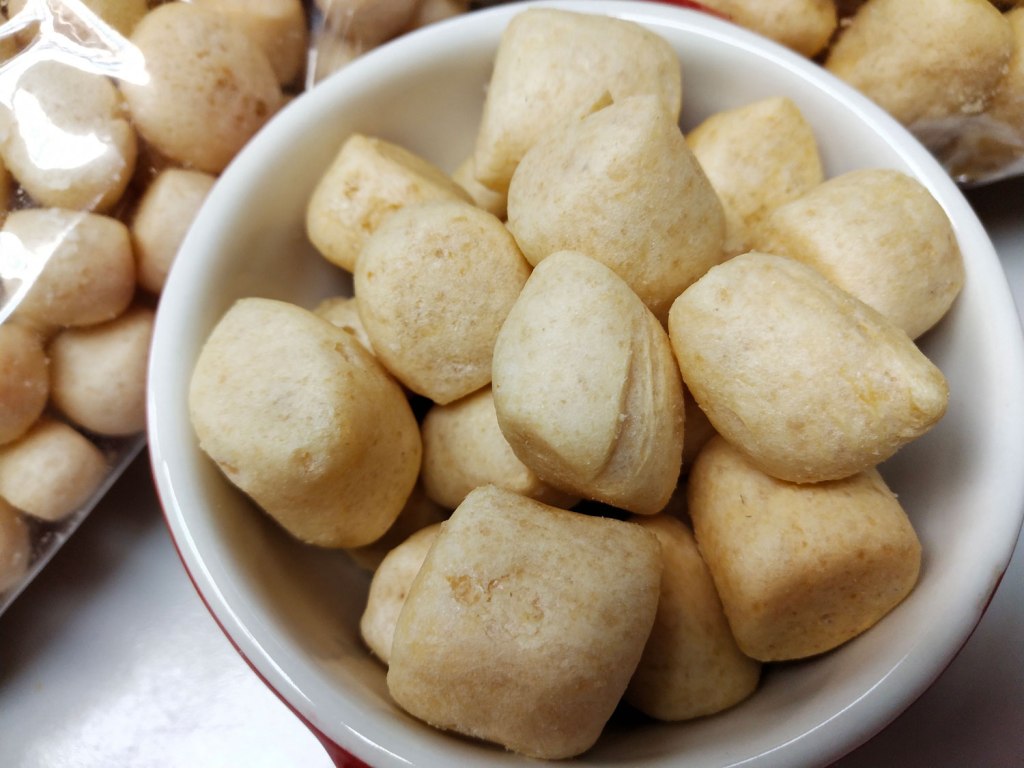
Amplang
Source:

Burasak/Buras
Indonesian rice dumpling,
Is cooked with coconut milk packed inside a banana leaf pouch and often consumed as a staple to replace steamed rice or ketupat. It is similar to lontong, but with richer flavour acquired from coconut milk.
Source:

Coto Makassar
It is a variant of soto traditional beef and offal stew with seasoned broth made from ground peanuts and spices
Source:
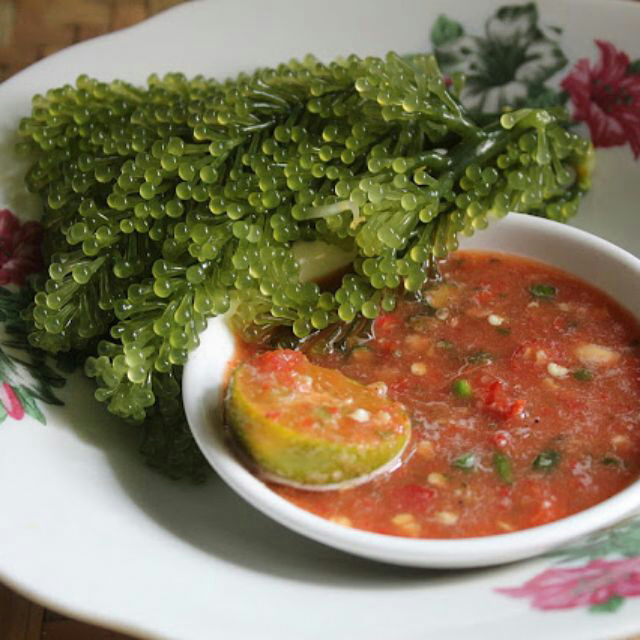
Latok
Ia boleh dimakan mentah atau disajikan dengan campuran limau kasturi, bawang dan cili sebagai pembuka selera. Latok juga dimakan dengan nasi panas seperti ulam.
Source:

Gogos
Source:

Putu/Piutu
It is made from steamed cassava (panggi) that is mashed and shaped into cylinders. They were traditionally wrapped in banana or palm leaves, but are commonly sold wrapped in clear plastic today. It is typically torn or cut into small disks for eating. It is not flavored and thus need to be eaten with another accompanying dish, usually seafood.
Source:

Kuih Cincin
Source:

Songkolo
It is a dish of black or white glutinous rice sprinkled with grated coconut and served with fried anchovies or salted fish.
Source:

Tuhau
Tuhau is a type of wild ginger, native to the jungles of Sabah-Borneo. The dish slightly resembles a relish, in that it is both a condiment – most often accompanying fish.Tuhau ginger is finely chopped and served with lime juice or vinegar (for acidity), diced chilis, diced garlic, and salt. Another way to serve tuhau is in its pickled form and it usually eaten with white rice
Source:

Kuih Jala
Kuih Jala is a tasty and unique traditional sabah food that is similar in appearance to small fried noodles. The traditional way of making this crispy little snack is by pouring rice milk into a coconut shells punctured with many small holes, gyrating the shell and drop the liquid on a wok of hot oil. Once it turns golden brown, scoop it out and fold it into fan or roll shape while it’s hot.
Source:

Panjaram
Penyaram or Kuih UFO
Source:

Jelurut
Selurut, clorot, celorot, or cerorot
Jelurut is a traditional snack (cake) from sweet and soft rice flour with coconut milk, wrapped with young coconut leaves in the form of a cone
Source:
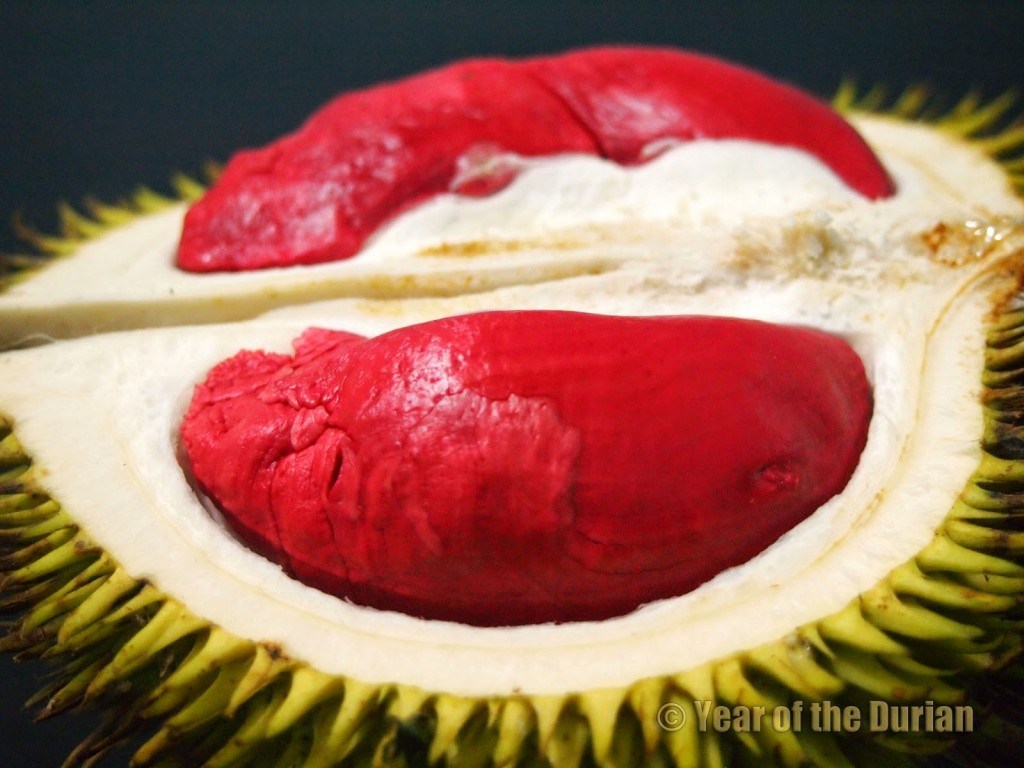
Durian Merah
Durio Graveolens/Alau
Sabah Tempoyak is preserved with oil and salt. It typically contains onions and chilies and can be kept outside of refrigeration for several months.
Source:

Kuih Lidah Buaya
Source: